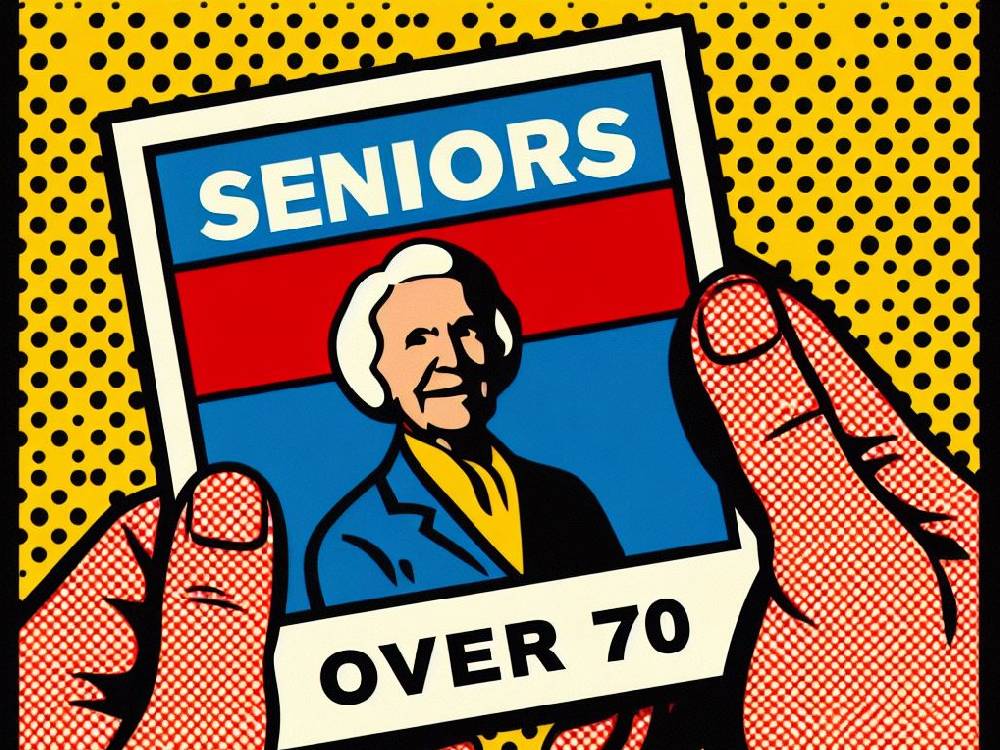Introduction
Engine size car insurance….
When shopping for cheap car insurance, many UK drivers focus on their age, driving history, or even their postcode.
But there’s another powerful factor that often gets overlooked: engine size.
Understanding how your car’s engine affects your premiums could save you hundreds of pounds every year.
Here’s what we’ll cover:
- Why engine size matters for insurers
- How it influences your car insurance group and costs
- Tips to find the cheapest car insurance despite a bigger engine
- Mistakes that raise premiums unnecessarily
- Where to compare the best cheap insurance UK deals today
Does Engine Size Affect Insurance?
Yes — engine size directly impacts car insurance costs.
The larger and more powerful your car’s engine, the higher the perceived risk for insurers.
Why?
Because faster acceleration and higher speeds increase the likelihood of costly accidents.
That risk often places vehicles with larger engines into higher car insurance groups, which means higher premiums.
Insurers also factor in repair costs — and bigger engines often mean pricier parts and servicing.
The Link Between Engine Size And Car Insurance Groups
UK insurers classify cars into 50 different insurance groups.
Cars in lower groups (like small hatchbacks with modest engines) usually come with cheaper premiums.
Meanwhile, vehicles with powerful engines tend to land in higher groups, signalling greater risk and higher costs.
Want a deeper dive into car groupings?
Check out our guide: The 10 Cheapest Cars to Insure in 2023.
Real-World Examples Of Engine Size Impact
Here’s the kicker:
Even two models of the same car can have wildly different premiums.
For example, a 1.0-litre hatchback is often far cheaper to insure than its 2.0-litre sporty version.
A modest engine often places you in a lower car insurance group, saving you significant cash over time.
Drivers who ignore this often overpay without realising the difference comes down to engine size alone.
Why Engine Size Isn’t The Only Factor
Here’s where many drivers get caught out.
While engine size matters, insurers also weigh your driving record, age, location, and annual mileage.
A driver with a spotless record in a slightly larger-engined car could still get a better rate than a high-risk driver in a smaller one.
Want to know all the factors that affect your costs?
Visit Car Insurance Options to compare tailored coverage.
How To Still Get Cheap Car Insurance With A Bigger Engine
Think a larger engine automatically means sky-high premiums?
Think again.
Here are a few proven strategies:
- Opt for higher voluntary excess to reduce monthly costs.
- Install a black-box or Telematics Car Insurance device.
- Build a solid no-claims bonus year after year.
- Shop around using reputable cheap car insurance brokers.
The Hidden Costs Of Ignoring Engine Size
To begin with, overlooking engine size when purchasing a car often leads to surprising expenses.
For instance, that sleek sporty trim may feel irresistible in the showroom.
However, once you factor in the higher premiums tied to its larger engine, the thrill quickly fades.
In the long run, those added insurance costs can outweigh the excitement of extra horsepower.
Therefore, it’s always wiser to calculate potential car insurance costs before signing any deal.
Common Myths About Engine Size And Car Insurance
Now, let’s tackle some widespread myths.
Many drivers assume that every small engine automatically means cheaper insurance.
Yet, that’s not entirely accurate.
Although some small engines are cheaper to insure, a high-performance turbocharged engine—even if tiny—can push premiums up sharply.
Conversely, others believe that all large engines equal sky-high premiums.
Nevertheless, factors like advanced safety features, a clean driving record, and even your postcode can sometimes offset a bigger engine’s cost.
As a result, it’s essential to compare each car individually instead of relying on assumptions.
Want To Save More? Here’s How
If you’re determined to cut your annual premium further, start by shopping around.
Crucially, loyalty does not always translate into savings when it comes to cheap car insurance UK.
In fact, insurers often reserve the best rates for new customers.
Therefore, by switching providers at renewal, you can often save considerably — even if you own a car with a larger engine.
For an easy way to start comparing, visit Switch Car Insurance and see what’s currently available.
Practical Tips To Find The Cheapest Car Insurance
To reduce your premium effectively, follow these proven steps:
- First, pick cars from lower insurance groups whenever feasible.
- Next, avoid unnecessary vehicle modifications that tend to raise premiums.
- Additionally, consider increasing your voluntary excess to lower monthly payments.
- Furthermore, compare multiple quotes across different cheap car insurance platforms.
- Finally, whenever possible, pay annually to eliminate added monthly fees.
For even more helpful strategies, read our expert guide: 5 Ways to Save Money.
The Role Of Engine Size In Future Car Insurance Trends
Looking ahead, the influence of engine size on premiums will continue to evolve.
As the UK rapidly shifts towards hybrid and electric vehicles, new risk factors — such as battery replacement and repair costs — will increasingly shape prices.
Even so, combustion-engine cars still dominate the market today, meaning that engine size remains a significant driver of cost.
Consequently, drivers who understand these ongoing changes early can adjust their choices to secure cheap car insurance UK in the years ahead.
Conclusion
Don’t Overlook the Engine Factor
Securing very cheap car insurance requires paying close attention to details that many drivers overlook.
By factoring in engine size — alongside your no-claims bonus, driving habits, and optional telematics — you can consistently unlock lower premiums.
Ultimately, taking the time to compare and adjust these elements helps protect your wallet over the long term.
For tailored advice and up-to-date deals, head to Cheap Car Insurance UK today.
If you found this guide helpful, you might also enjoy:







